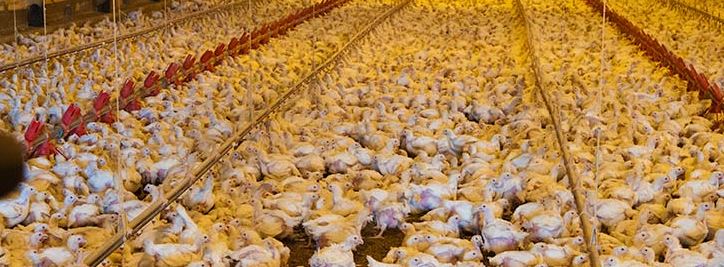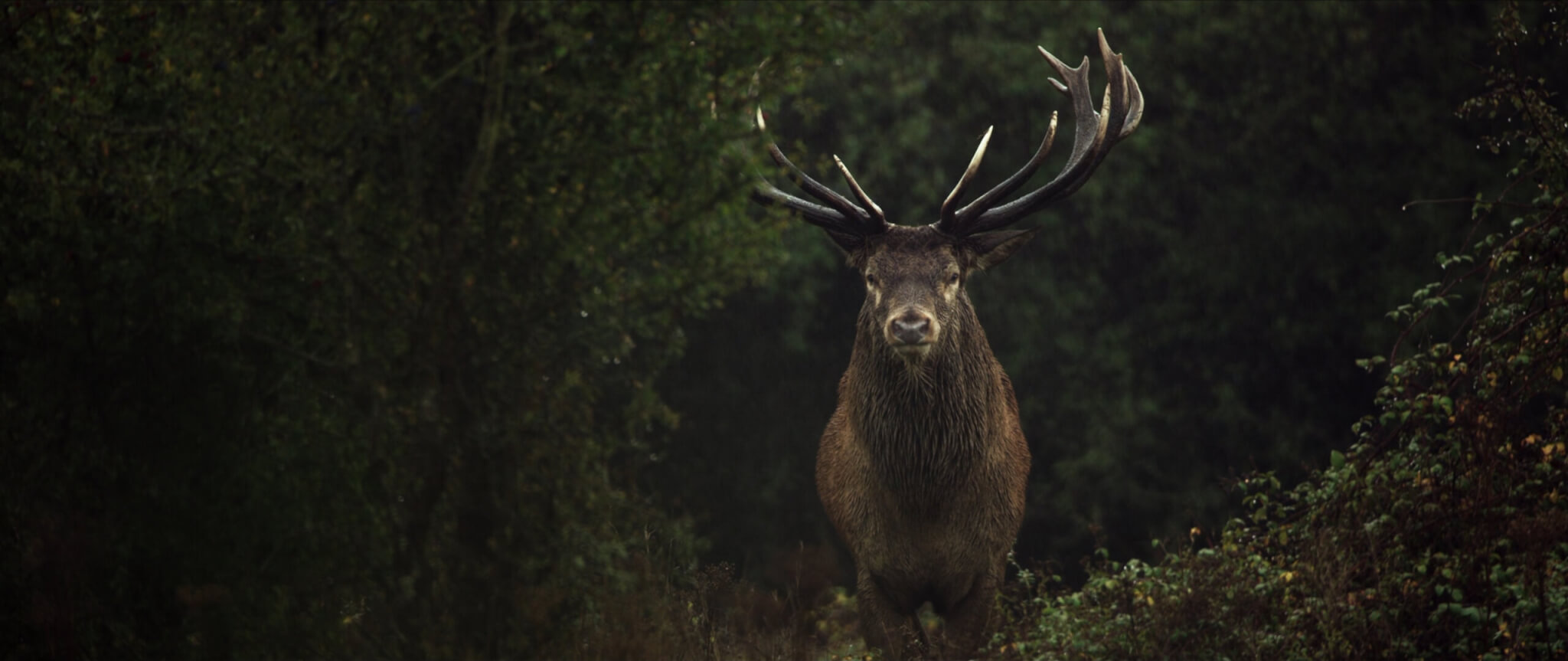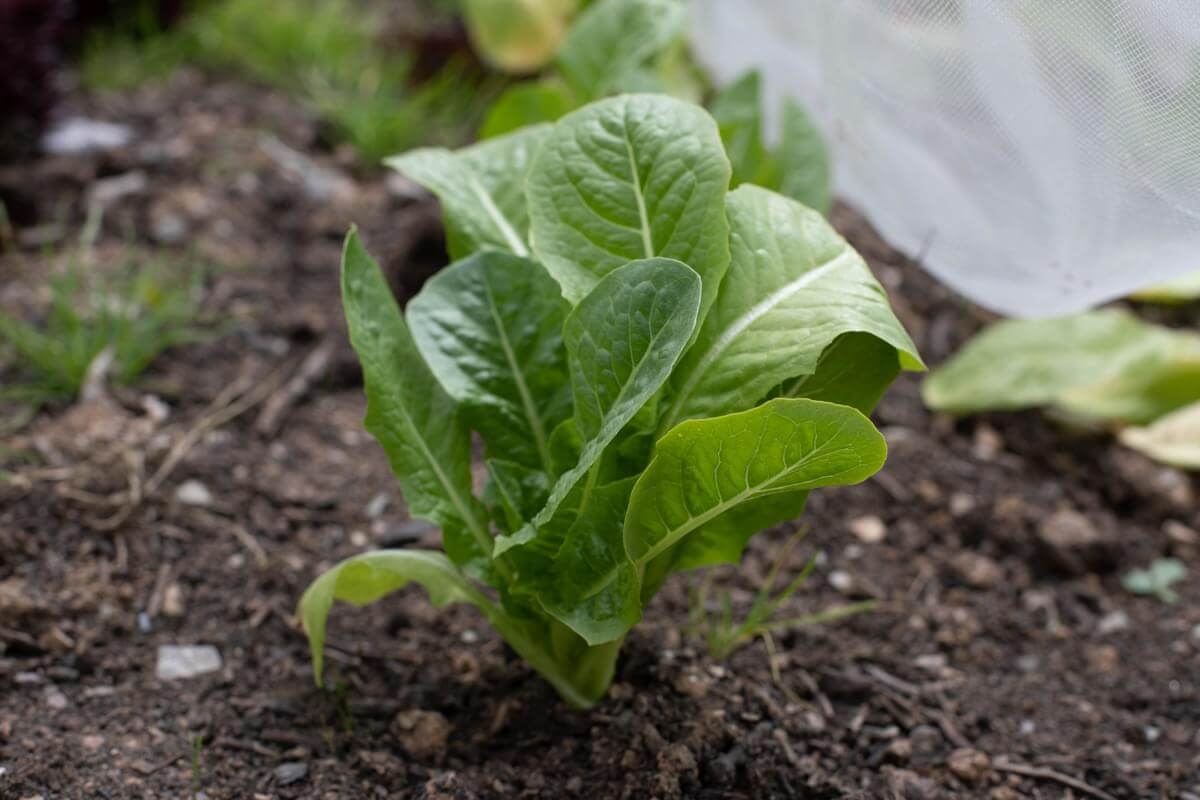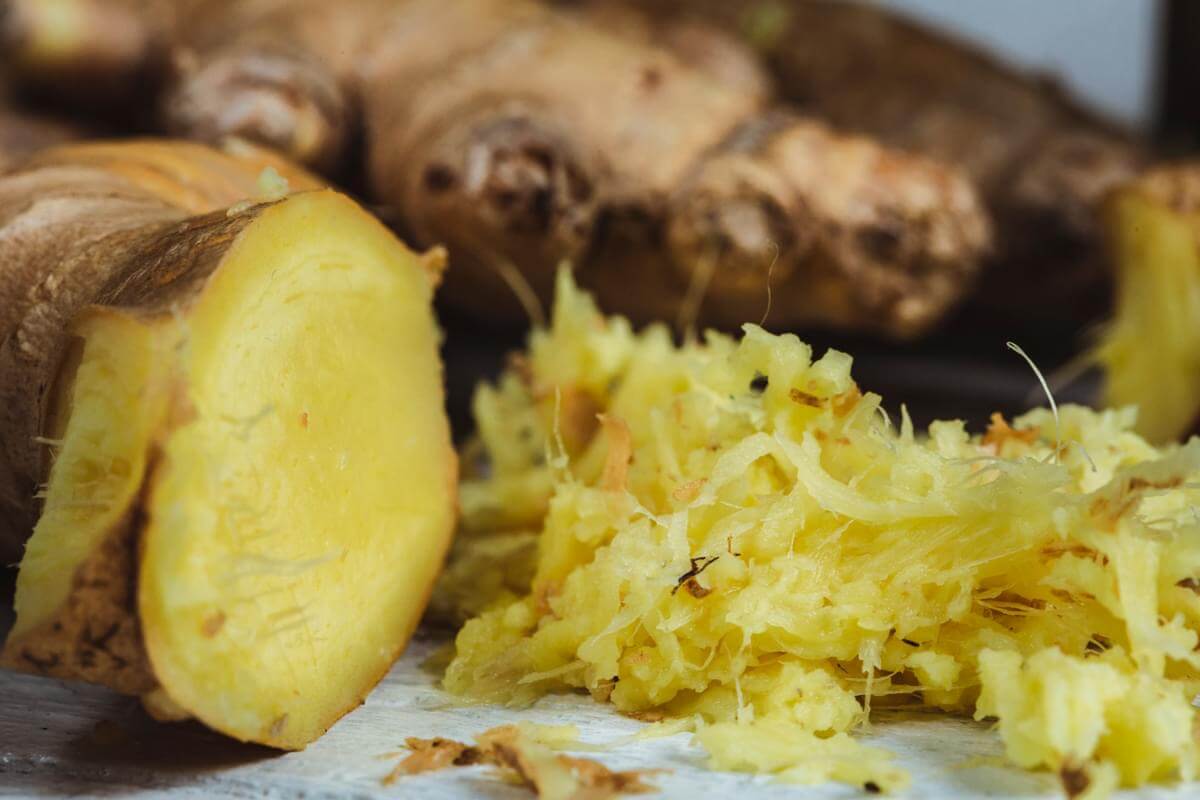People may be eating food that has indirectly contributed to deforestation in South America without realising it, the World Wildlife Fund has said.
The hidden deforestation impact of food is in the spotlight thanks to the new campaign, called ‘Let’s get deforestation #OffOurPlates’, primarily due to the soy that is typically found in animal feed and is a major contributor to deforestation in places like Brazil.
Buying local and British-sourced meat is not a guarantee that no deforestation has been caused, WWF said, as Europeans typically eat around 61kg of soy a year without realising.
“People don’t want to eat food that’s destroying forests – but deforestation is hidden even in food that appears home-grown,” said Katie White, WWF executive director of advocacy and campaigns.
“Action by individual businesses or consumers isn’t enough. We need the UK government to show decisive leadership to take deforestation off our plates with legislation that makes it illegal to import products that contribute to the destruction of forests.”
The soy fed to animals that produce food mostly comes from South America, where production has nearly tripled in the last 20 years, and is predicted to double again by 2050, said WWF.
Until recently, the focus has been around the environmental impact of beef and dairy, and ruminant methane emissions. But NGOs and environment groups have begun to highlight that in the UK, where lots of beef is part-raised on grass and not grain, it is likely to be poultry consumption that has the biggest impact.

A recent report by Greenpeace found that British consumers swapping red meat for chicken may be “contributing unwittingly to the destruction of South American forests” because of a “total failure” by high street brands to monitor where animal feed comes from.
The report, called ‘Winging it: How the UK’s chicken habit is fuelling the climate & nature emergency‘, said the UK imports over three million tonnes of soy every year from Argentina, Brazil and Paraguay to feed factory farmed animals, primarily chickens.
95 per cent of the chickens raised in the UK are intensively farmed, a model of production that relies on industrial feed containing soya, Greenpeace said. Organic certification bans soy used for animal feed that has come from previously deforested rainforest, as well as GM sources.
Greenpeace UK forest campaigner Chiara Vitali said: “Consumers cutting red meat are clearly trying to do the right thing for the right reasons.
“For too long the impact on our planet of growing crops for UK chicken feed have been overlooked. A straight swap from beef to chicken effectively amounts to outsourcing emissions of our meat consumption from the UK to South America.
“The simple truth is, we cannot continue to consume any type of industrially-produced meat in the volumes we currently are. It’s why we’re calling on companies to set clear meat reduction targets and be transparent about where their animal feed comes from.”















So how does organic production figure in all this
Organic producers have robust standards in place, with much greater focus on the traceability and provenance of all ingredients including feed. Organic animals have to spend most of their life outside so the majority of their diet is grass and fresh pasture.
Presumably organic farms do not use imported soy?
It depends – some do, but with a natural, plant based organic diet most livestock do not need as much of the supplementary feed that conventionally farmed flocks/herds eat. For example with grass fed cattle, 90% of their diet would be grass or fermented silage, with extra organic feed given only during winter. Any additional feed also must be certified fully organic.
A clear case for carbon rationing through the whole supply chain – anyone in the supply chain who adds large amounts of carbon to the process – like this by buying imported soy – would only be able to sustain it if customers were willing to part with the extra rations.
Under an international framework via the UN, Brazilian soy producers would have to pay rations for the carbon in the forests they cut down, and the only way they’d be able to get the rations would be by charging their customers rations as well as cash.
So we citizens & consumers would have the final say – whether we were willing to part with the rations on the chickens. More here if interested: carbon rationing dot org (all one word)
A really interesting proposal adam42 – it encompasses both the true cost and true value of resources.
How can I find out if a farm is feeding imported soya to cattle?